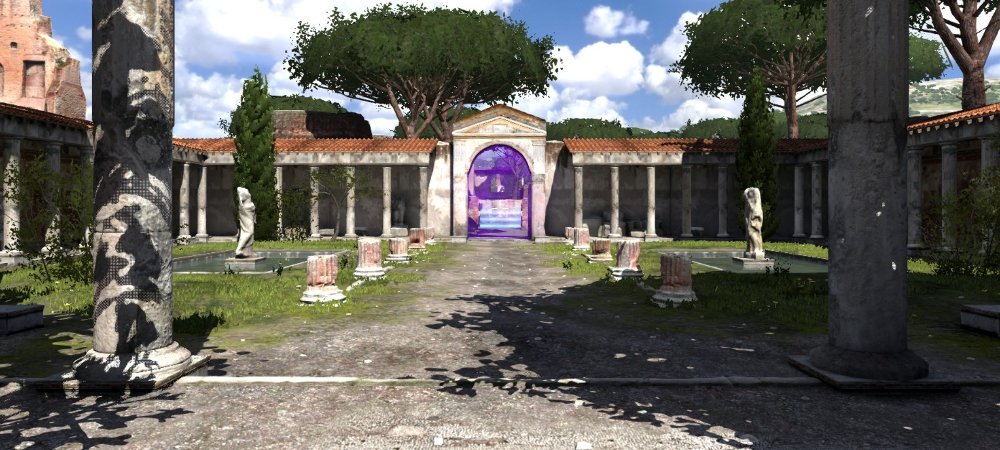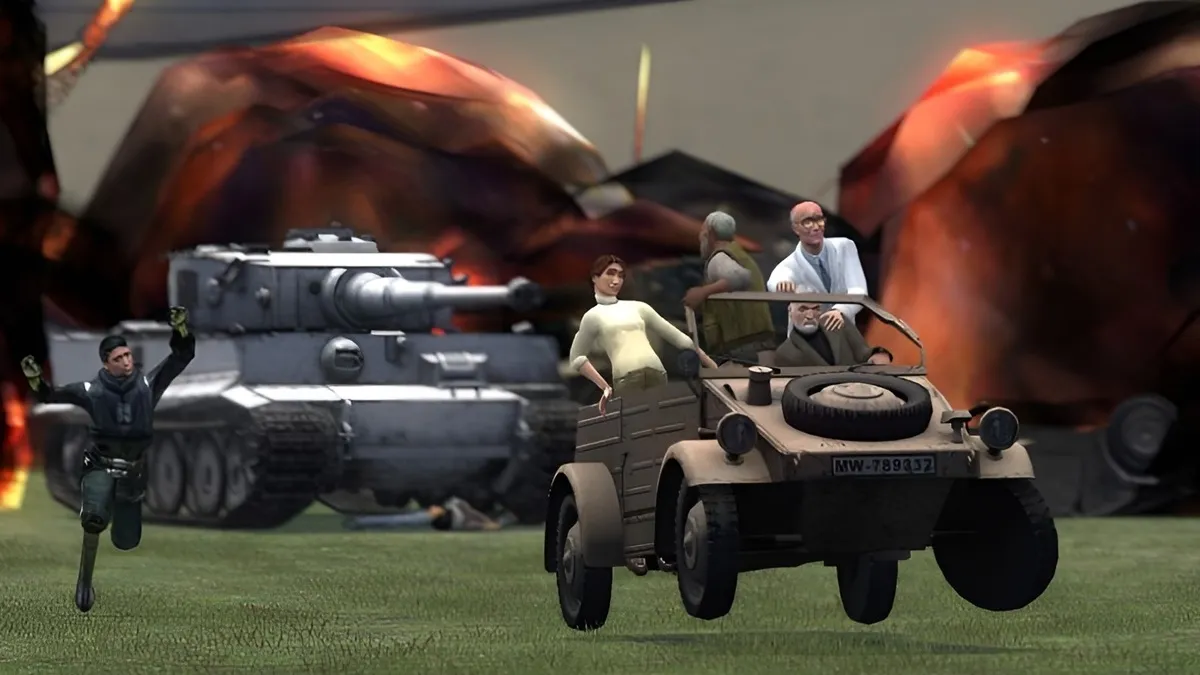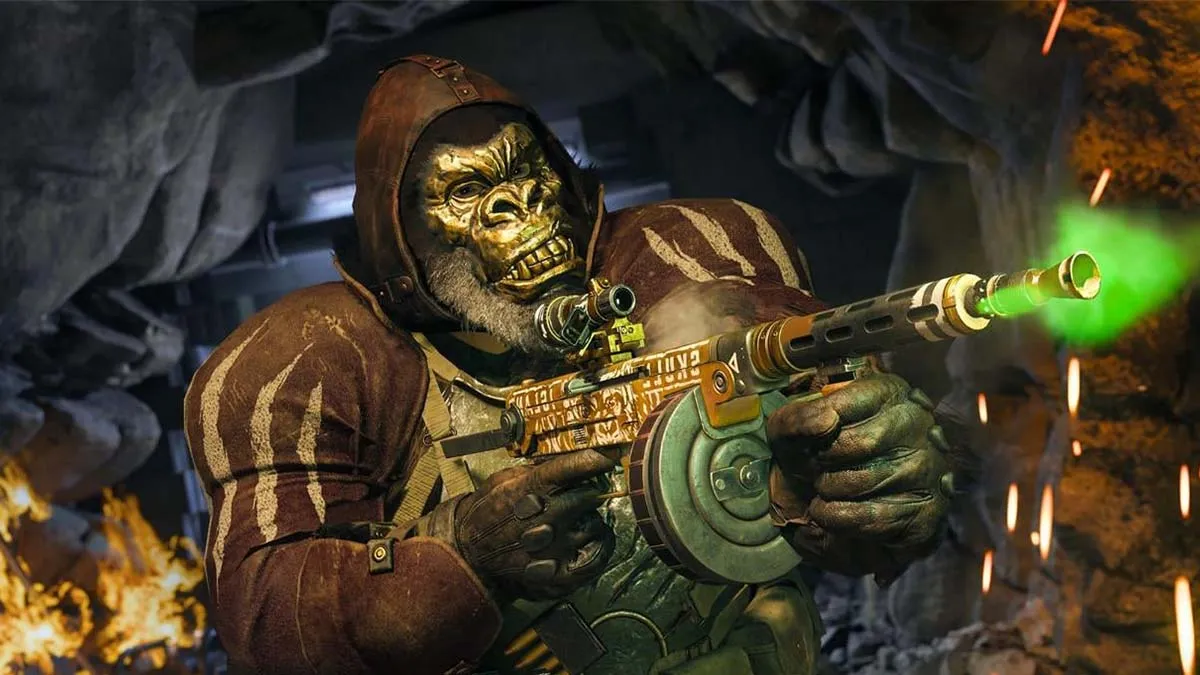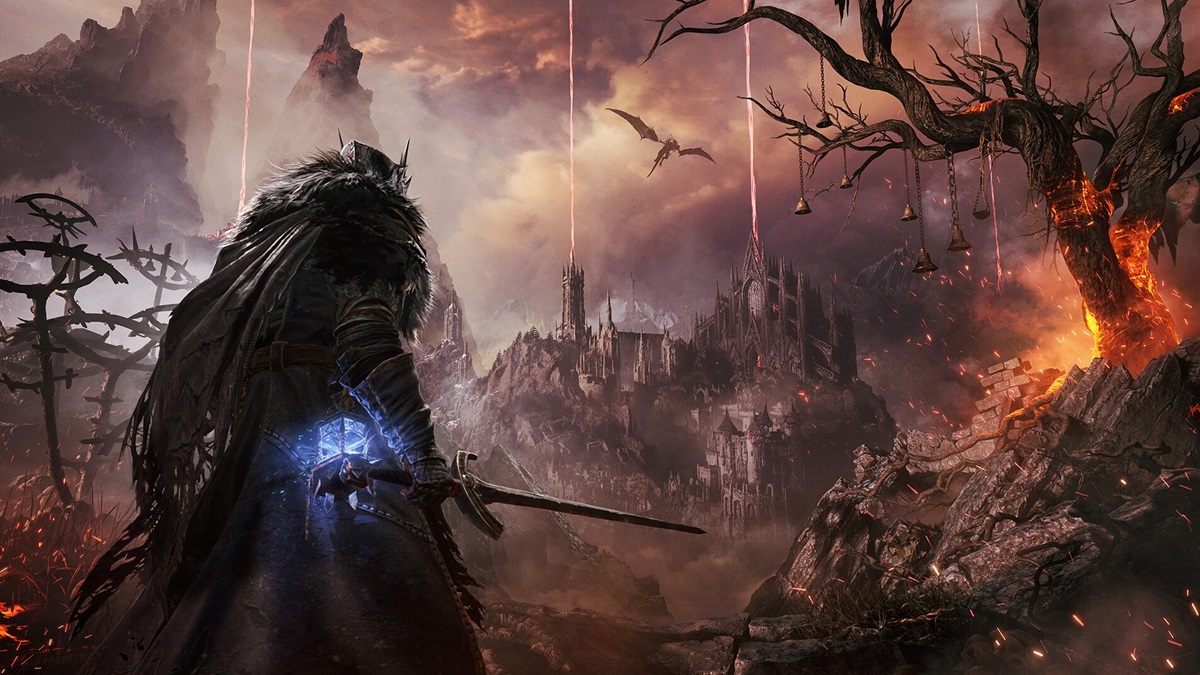Alternating
Back at E3 2014, I got a brief chance to get my hands on The Talos Principle while talking to one of its writers Tom Jubert (FTL: Faster Than Light, The Swapper). In the presentation, Jubert explained the intended approach to discussing philosophy with the player, but I was only able to get through a few puzzles.
With its retail release scheduled in less than a month, I have had some more time to spend with Croteam’s first-person puzzler. So far, it has made me think hard, both about the solutions to puzzles and its thoughts about sapience.

The Talos Principle (Linux, Mac, PC [previewed], PlayStation 4)
Developer: Croteam
Publisher: Devolver Digital
Released: December 11, 2014
MSRP: $39.99
Rig: AMD Phenom II X2 555 @ 3.2 GHz, with 4GB of RAM, ATI Radeon HD 5700, Windows 7 64-bit
As a pure puzzle title, The Talos Principle begins fairly simply. Each area is separated into small, discrete puzzle rooms (a la Portal‘s testing chambers) and there are only a few tools available. The robotic protagonist can walk around, jump short distances, and pick up objects. The first of these objects is the Jammer, which will shut down any one electronic device it is pointed at. This comes in handy, because in between the player and the Sigils that must be collected are electric barriers, automated turrets, and explosive proximity sentries.
By solving puzzles and collecting Sigils, new objects come into play that open up new puzzles. Manipulating lasers to unlock doors is generally cool. Unlocking Hexahedra (large weighted cubes) seems a bit mundane in comparison, but one of the difficulties to overcome in solving puzzles is having to figure out firsthand everything that objects can do. For instance, cubes are naturally used to weigh down pressure plates, but can also be used to climb on, to block laser beams, to stack objects, or to redirect sentry bots.
That flavor of puzzle-solving is a bit of a double-edged sword. Discovering a new function for an object through trial and error makes for some “eureka” moments that are satisfying, but sometimes the path to get there reaches “this is not fun any more” territory. For instance, one puzzle took me so long to complete that the disembodied voice in the sky encouraged me to move on. Once I learned the simple mechanic that allows the player to drop items while airborne, it became trivial. After solving that particular puzzle, I felt dumb instead of feeling smart.
The other major aspect of The Talos Principle is its discussion of philosophy through narration from the voice of a god and text found on computer terminals scattered around the environment. One of Croteam’s goals is to make that content available for those who want to engage with it, but to make it optional for those who only care about the puzzles.
Personally, I could not imagine skipping over the conversations with the entity behind the computers. Through the use of extensive dialogue trees, the digital assistant asks some pretty heavy questions about consciousness, and it remembers the player’s answers to follow up on later. Though it is not what most would consider the “meat” of the experience, it is what sets Talos apart from other physics-based first-person puzzle platformers.
Only about one-third of the way in, I have already had moments where I had to sit at the keyboard and just think for a bit before choosing an answer. Is a tree conscious? No, obviously not. Can an electronics-based artificial intelligence be conscious? Hmm, I guess so. Could a sufficiently complex network of tin cans attached to strings that acts as a computer be conscious? I honestly don’t know, but I took a lot of time to consider that.

So The Talos Principle is made up of two distinct parts: puzzles and philosophy. Both make the player think. Both can make the player feel smart or stupid. Blazing through a puzzle by seeing what tools are available and figuring out the solution is intellectually rewarding while plodding through only to stumble on what should have been obvious stings a bit. Similarly, not being able to articulate how I know I am sapient makes me reconsider that sapience.
The real test of merit is in whether The Talos Principle can marry the two pieces in a meaningful way. Where The Swapper‘s game mechanics were intrinsically tied to its philosophical discussion, that relationship is still unclear with Talos. Though the protagonist is presumably a robotic artificial intelligence, that seems to be the only link between the discussion of self-identity and consciousness and the weighted cubes and lasers found in the puzzles.
If that picks up as the story continues, The Talos Principle could be incredible. If not, then it is still looking like a competent title worth a puzzle fan’s time.




